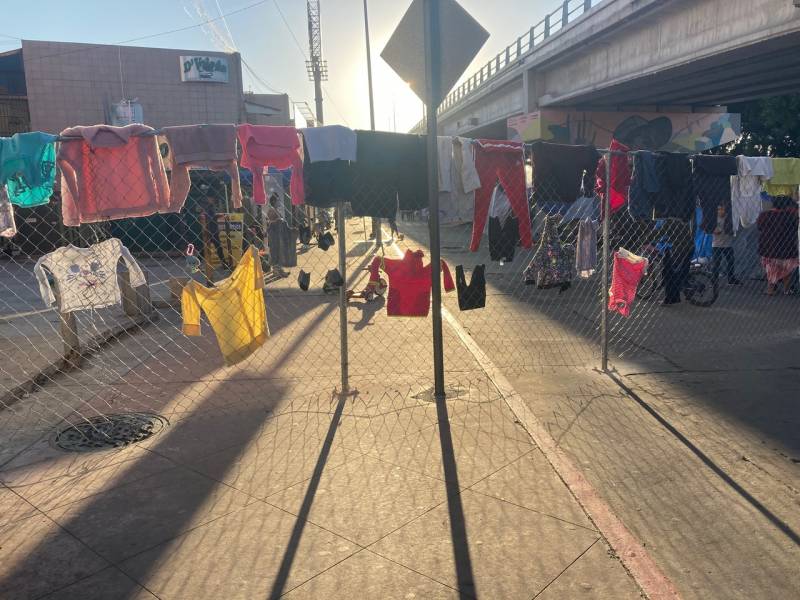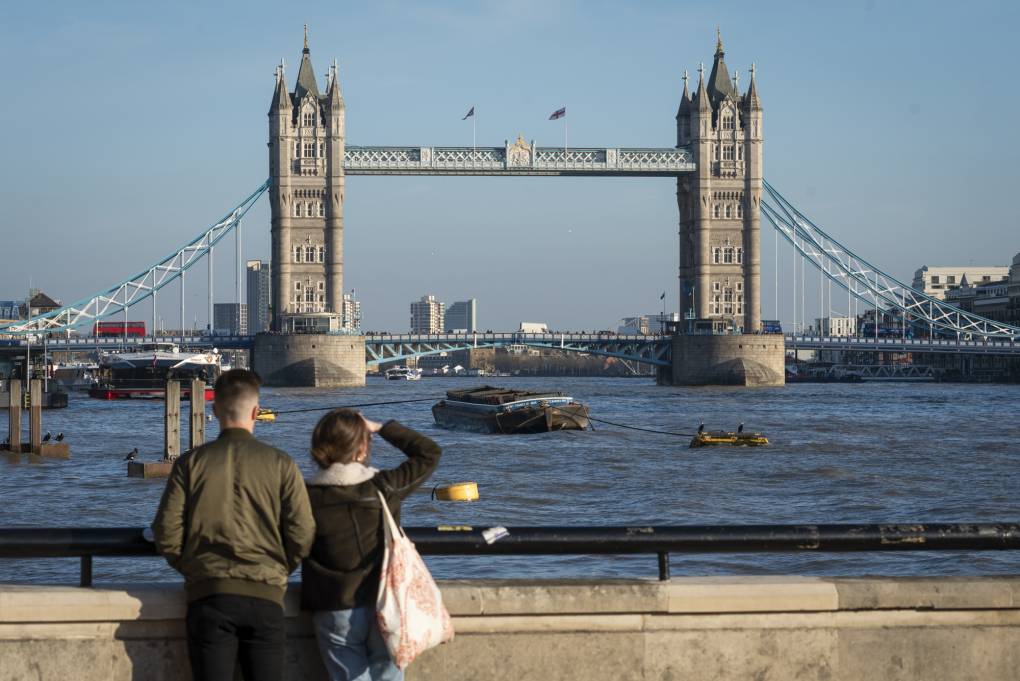During that time, the group Human Rights First counted more than 1,500 reports of rape, murder and other violence against asylum seekers in the program.
“People are living in conditions that are best described as prolonged episodes of The Hunger Games, while trying to fight their case,” said Nicole Ramos, a lawyer with Al Otro Lado, one of the few groups that provides legal services to migrants in Tijuana.
Waiting in Mexican border cities is not only dangerous, she says, but makes it almost impossible to find legal representation in the United States. Only 7% of MPP asylum seekers had a lawyer, contributing to less than 1% of migrants actually winning their asylum cases while enrolled in Remain in Mexico. By contrast, closer to a third of asylum seekers overall won their cases during the same period.
President Joe Biden campaigned on ending the MPP program, and in June his Secretary of Homeland Security issued a memo rescinding the program.
Several states, including Texas, challenged the rescission in federal court. And in August, a Trump-appointed federal judge sided with the states and ordered the Biden administration to restart the program as soon as possible. The U.S. Supreme Court refused to intervene, allowing the Texas ruling to go into effect.
While the Biden administration continues trying to terminate the program in a way that will satisfy the courts, Homeland Security officials are also taking steps to reimplement Remain in Mexico, as ordered.
Last month, in an attempt to make the program as humane as possible, they convened a meeting with Al Otro Lado and other immigrant legal aid groups and asked them to provide assistance to asylum seekers in MPP. The organizations refused and walked out of the meeting.
“We are not going to touch that program,” Ramos said. “We feel like our resources are better used conducting human rights monitoring and interviews … and looking at ways to destroy the program.”
Federal officials, meanwhile, have been negotiating with the Mexican government to resume receiving migrants under MPP in the next few weeks.
Lawyers in San Diego say they’ve been told by federal officials that immigration judges have been designated and courtrooms have already been set aside.
Kate Clark, the lead immigration attorney with Jewish Family Service of San Diego, says the resumption of a program they oppose leaves legal service providers in a difficult spot.
“You can’t make an inhumane program humane,” she said. “That’s the hard line for us.”
But there may be ways her organization will get involved to help asylum seekers who end up in the program. Once migrants are placed in Remain in Mexico, she says, there are a few things lawyers can try to get them out of the program and into the U.S., in spite of Title 42, to continue their asylum cases from a safer location.
“Whether in the future we’re involved with submitting parole requests … that’s something for us to consider,” Clark said.



